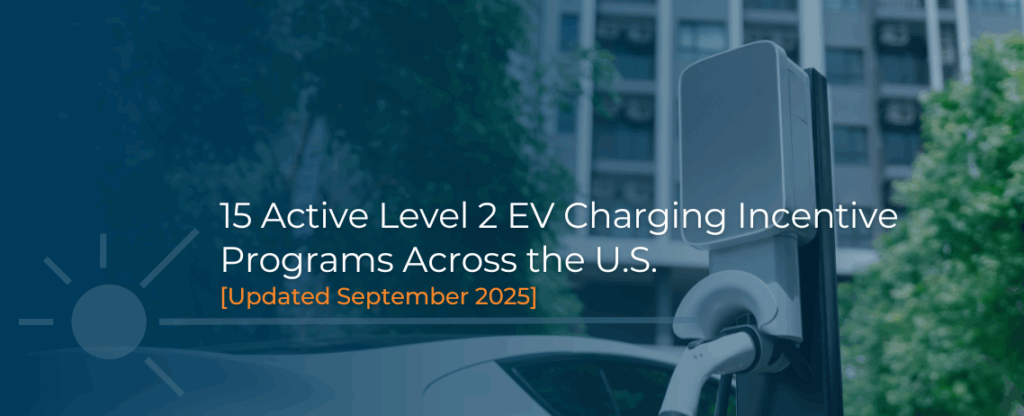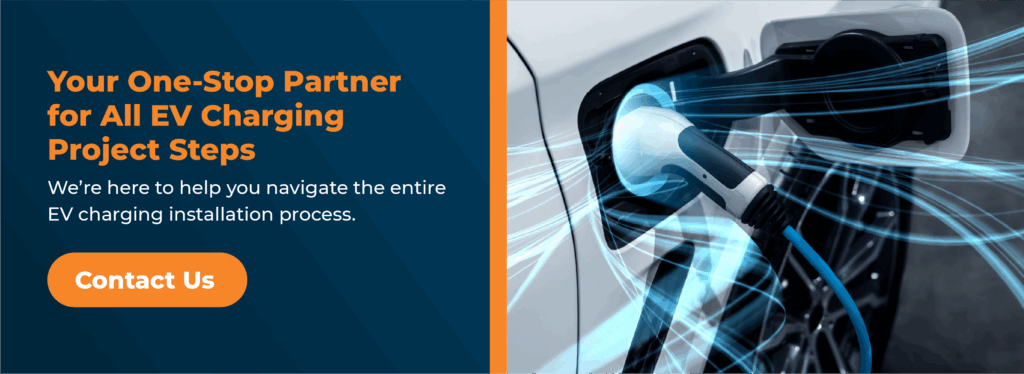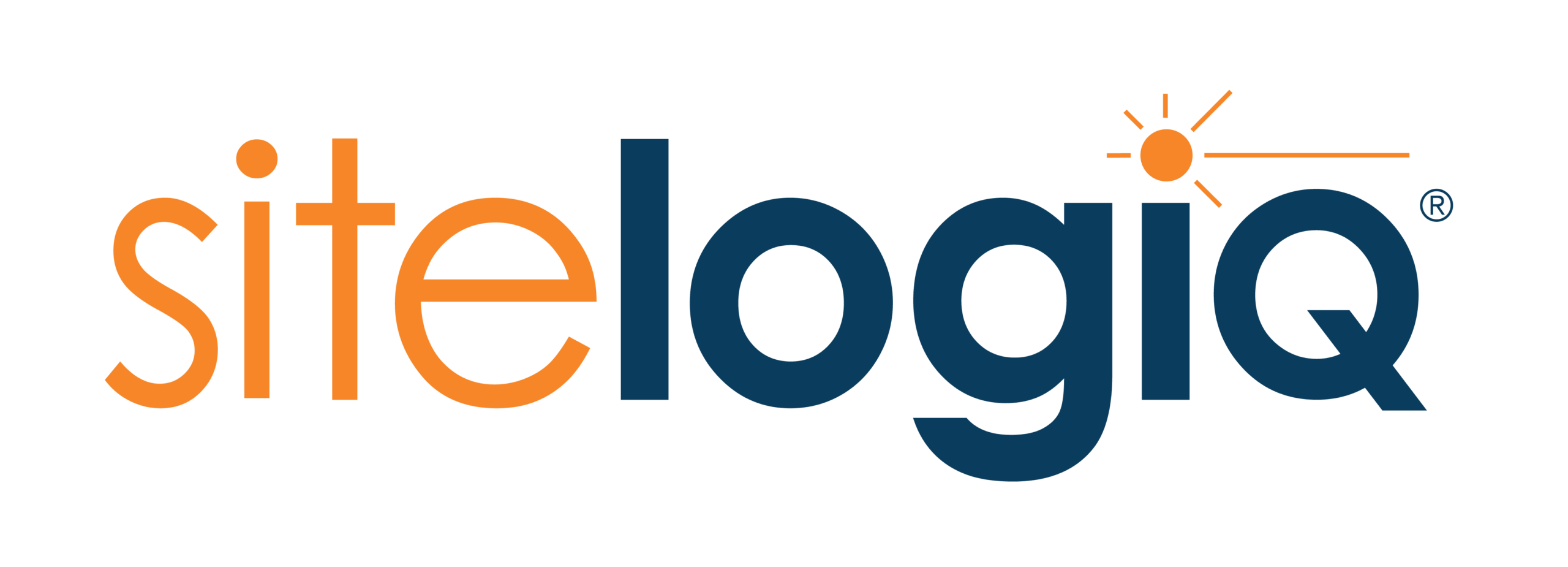
On-site EV charging stations offer business owners many positive benefits:
- Boost customer dwell time and spending (up to 5%)
- Increase customer foot traffic (up to 4%)
- Improve tenant and employee satisfaction (40% of U.S. workplace occupants rate on-site chargers as a desirable amenity)
- Raise property value (buildings with amenities like EV chargers yield a 10-20% increase in market value)
- Offer additional revenue streams from charging fees and on-screen advertising
- Help meet sustainability and ESG goals
While it’s hard to argue with the pros of on-site EV charging stations, one of the top barriers business owners encounter when installing electric vehicle service equipment (EVSE) is the cost.
But did you know there are incentive, grant, and rebate programs available that can offset and, in some cases, completely cover the cost of EV charging equipment and other associated fees (i.e., electrical infrastructure, labor, construction, permits, etc.)?
There are currently more than 15 active programs across the U.S. that public and private businesses can qualify for. These programs may cover some or all of the cost of Level 2 charging equipment, infrastructure upgrades, or both.
What Is Level 2 EV Charging Equipment?
AC Level 2 equipment (Level 2) makes up 80% of all public EV charging ports across the U.S. All available EVs sold in the U.S. can charge on Level 2 equipment, regardless of the make or model.
Level 2 EVSE offers a faster charging speed than Level 1 chargers, and is often more affordable and readily available compared to Level 3 (DC fast charging). Many times, it’s the preferred charging equipment for residential, workplace, and public charging.
What Level 2 EV Charging Programs Are Active In My State?
The list below includes notable active programs that are accepting applications for September 2025. To access the full details about each program, including the incentive amount, click here.
Note: This post will be updated periodically as programs open and close. Please refer to the program website for complete details or contact SitelogIQ for more information.
| STATE | PROGRAM NAME | ELIGIBLE APPLICANTS |
| AZ | SRP EV Chargers | Government entities, nonprofits, schools, multifamily homes in disadvantaged communities |
| CA | Alameda Commercial EV Chargers | Multifamily locations using Alameda Municipal Power |
| CA | Anaheim EV Chargers – Multifamily | Multi-family dwellings serving income-qualified customers only. |
| CA | SCE Charge Ready | Only accepting commercial and multifamily properties located in DAC zones. |
| CA | Silicon Valley Power | Commercial properties within Silicon Valley Power’s territory |
| CA | Communities in Charge | Multifamily properties in California |
| CO | Charge Ahead Colorado | Businesses & Industry, Government & Public Institutions, Non-Profit Organizations, Workplaces, Multifamily Housing in CO. |
| CT | CT EV Charging Program (Eversource and UI) | All commercial and industrial Eversource and UI electric service customers who purchase and install charging stations to support charging for workplaces, light-duty fleets, the public, and multifamily properties with five or more units. |
| GA | Georgia Power Make Ready Infrastructure Program | Georgia Power customers that will install chargers in areas accessible for public use or that will designated for public fleets. |
| MA | National Grid EV Chargers – MA | National Grid Commercial account holders. |
| MI | Consumers Energy – Workplace Charging Rebates | Be a Consumers Energy commercial electric customer. Rebates are reserved for eligible commercial or industrial customers (e.g., municipalities, commercial or retail business, non-profit organizations). |
| NJ | Drive Green NJ – It Pay$ to Plug In | Businesses, multi-dwelling units, governments, nonprofits, and educational institutions. |
| NJ | PSE&G Electric Vehicle Charging Program by PSE&G | Multi-family properties, government entities, and locations where property owners provide charger access to the public all may be considered for mixed-use. For Level 2 commercial applicants with chargers accessible to the public, the chargers must at least be accessible during reasonable business hours. At least eight hours a day. |
| NY | Charge Ready 2.0 | Multifamily, workplaces, hotels. |
| PA | Alternative Fuels Incentive Grant (AFIG) | Entities in PA that have two or more passenger vehicles in their fleet. (Class 1, Class 2a, and Class 2b). |

How Do I Apply for an EV Charging Incentive Program?
When it comes to open EV charging grants, rebates, or incentive programs, it’s important to remember that time is of the essence.
Most programs have strict application deadlines, a finite amount of funds dedicated to them, and operate on a first-come, first-served basis.
Some programs accept electronic applications, while others require hard copy submissions to be provided. Most programs also have various qualifications that private or public entities must abide by. This can include location, business type, amount/type of chargers installed, charger usage (i.e., public vs private access), equipment or electrical infrastructure upgrade needs, and more. Incomplete, inaccurate, or late applications could be the difference between offsetting EV charging installation by thousands of dollars or nothing at all.
Incentive program applications can also be lengthy and unfamiliar to businesses. Since they often create an administrative burden, many businesses end up scrapping the application process altogether. That’s why it’s advantageous to work with a partner, like SitelogIQ, that handles the application and funding management process on your behalf. SitelogIQ has a dedicated team that helps with and processes incentive applications.
Your Partner for Every Step of the EV Charging Process
SitelogIQ is your one-stop partner for all project phases of EV charging installation, including incentive application and management. In addition to being your consultant and contractor, we’re also a strategic partner that manages all phases of a project from planning and utility coordination to installation and incentive management.
We sit on your side of the table and act as your agent in the marketplace across legal, financing, and hardware/software vendor selection. We’ll handle the incentive program homework for you, so you never leave money on the table.
We’re here to help you navigate the entire EV charging installation process. Let’s chat about your needs today.





